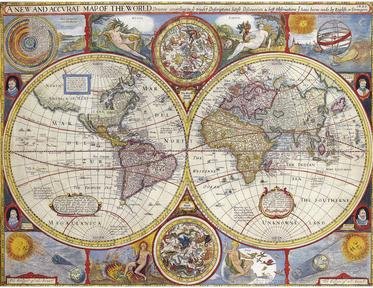Quiz Answer Key and Fun Facts
1. It sounds like 'one who has achieved a state of perfect spiritual enlightenment'
+ a nuisance, or a destructive insect
= this capital city in Eastern Europe
2. It sounds like 'an inlet of the sea'
+ the underground part of a tree or plant
= this Middle Eastern capital city.
3. This capital, located in Southeast Asia, sounds like it should be a buff-coloured folder!
4. It sounds like someone wants to set this capital on fire!
5. To get to this South American capital, you'll need:
A Spanish game of chance played with forty-five cards.
+ A recording of moving visual images made digitally.
6. For this European capital, you'll need:
A domesticated rodent that typically runs around on a wheel
MINUS the letter 'H'
+ a barrier designed to hold back water.
7. To find this North European capital, you'll need:
A liquid used as a basis for the preparation of soup
+ something that sounds like 'the place you permanently live in'.
8. It sounds like 'a four wheeled motor vehicle seen on motorways'
+ a large vault for burying the dead
= this African capital.
9. The Roman numeral for 1,000
+ a top-fermenting, malt beverage that isn't porter, stout or lager
= the capital of this archipelagic republic in Southern Asia.
10. Can you find the hidden European capital is the following sentence?
The historical significance of this city cannot be underestimated; even walking along a path ensnares the senses and feeds the soul.
11. It sounds like 'a playful foraging mammal with webbed feet and dense fur'
+ the abbreviation for biggest state in Australia = the capital of a northern country.
12. It sounds like you might 'travel or wander all over the place without any purpose or direction' trying to find this European capital city!
13. Can you find this European capital in the following?
'This capital has so many things to do, at the end of the day you might need a nice, relaxing spa. Rising early will also help to fit all the attractions in'.
14. A 'wet area of spongy, soggy ground'
+ an anagram of the main ingredient in porridge (singular)
= this South American capital.
15. To get this European capital city, you need: The first word of Leonardo Da Vinci's most famous painting
+ the chemical symbol for cobalt.
Source: Author
heatherlois
This quiz was reviewed by FunTrivia editor
spanishliz before going online.
Any errors found in FunTrivia content are routinely corrected through our feedback system.
